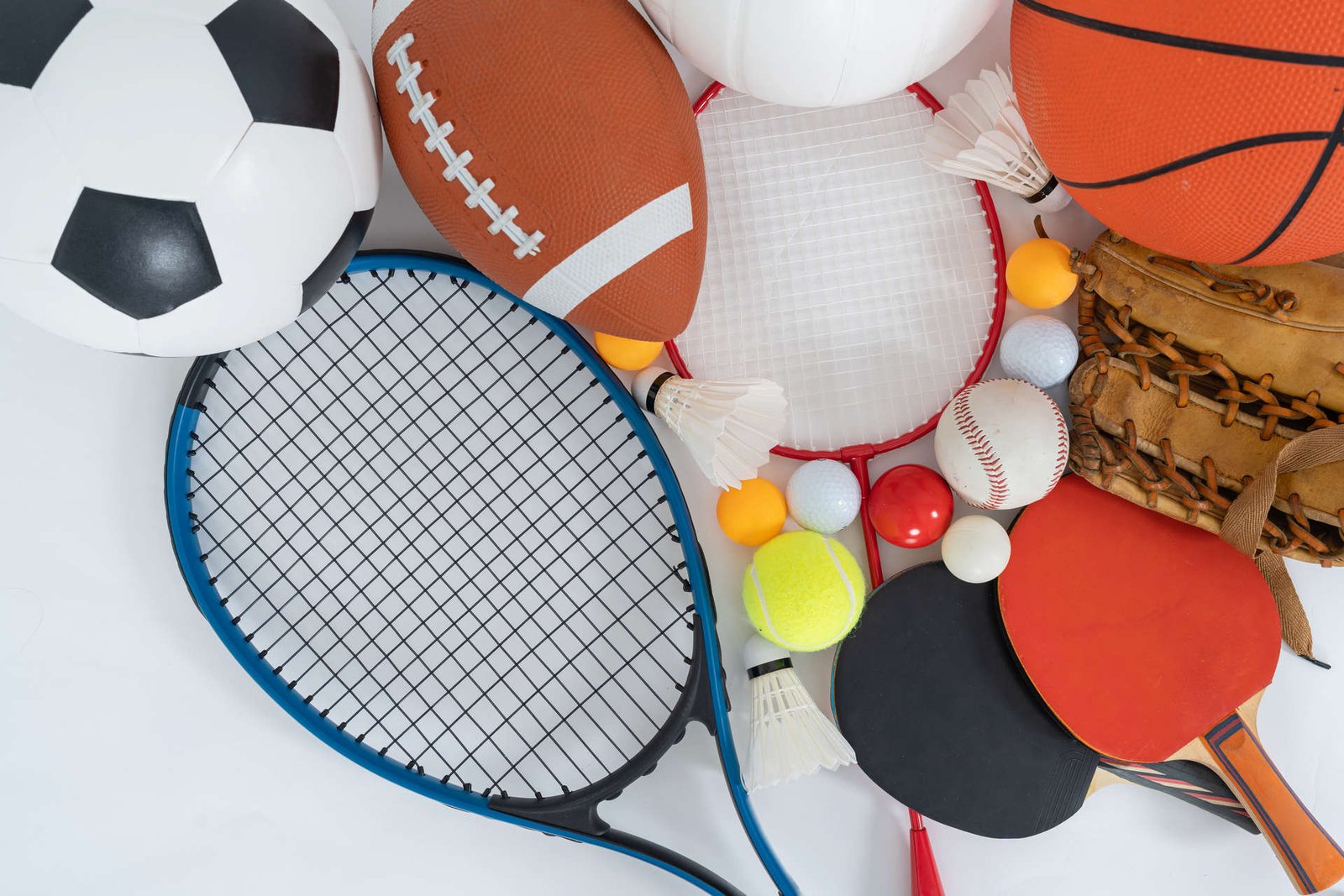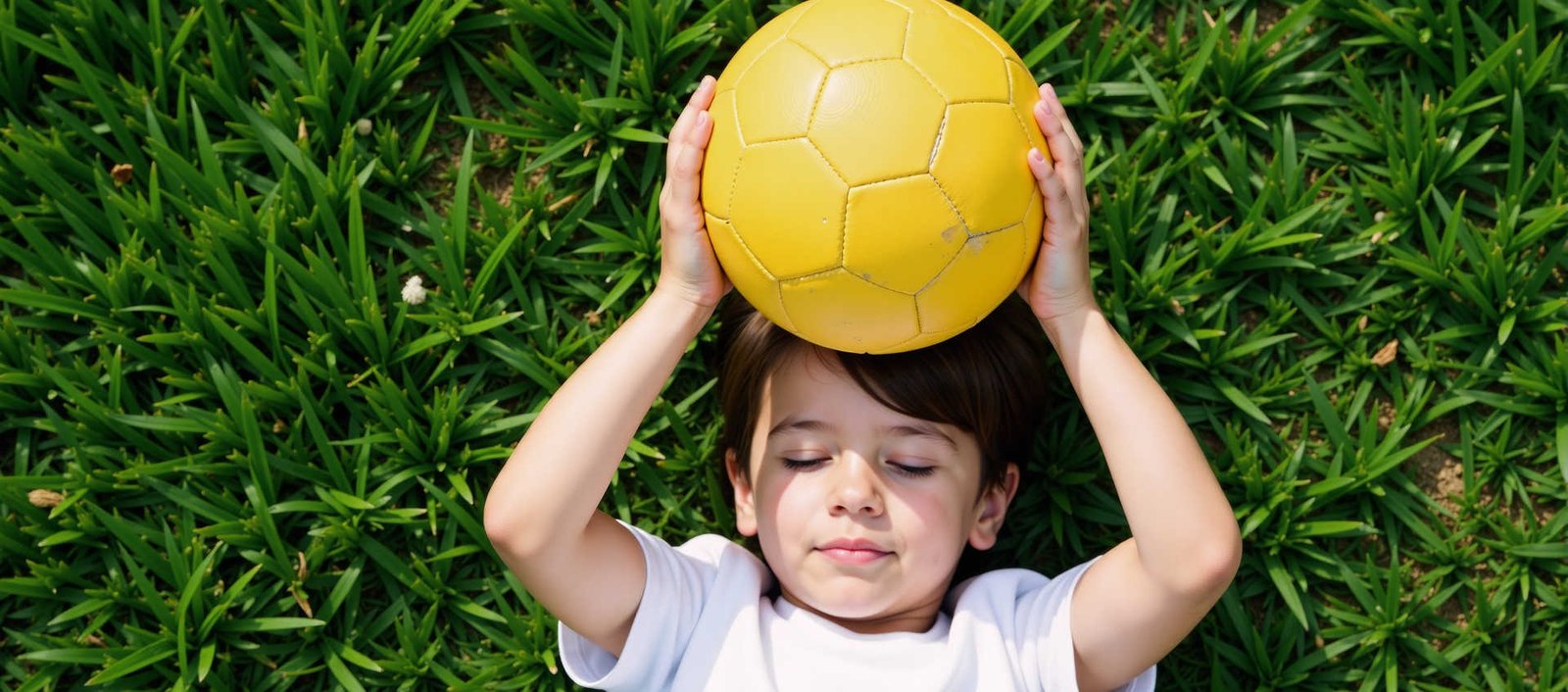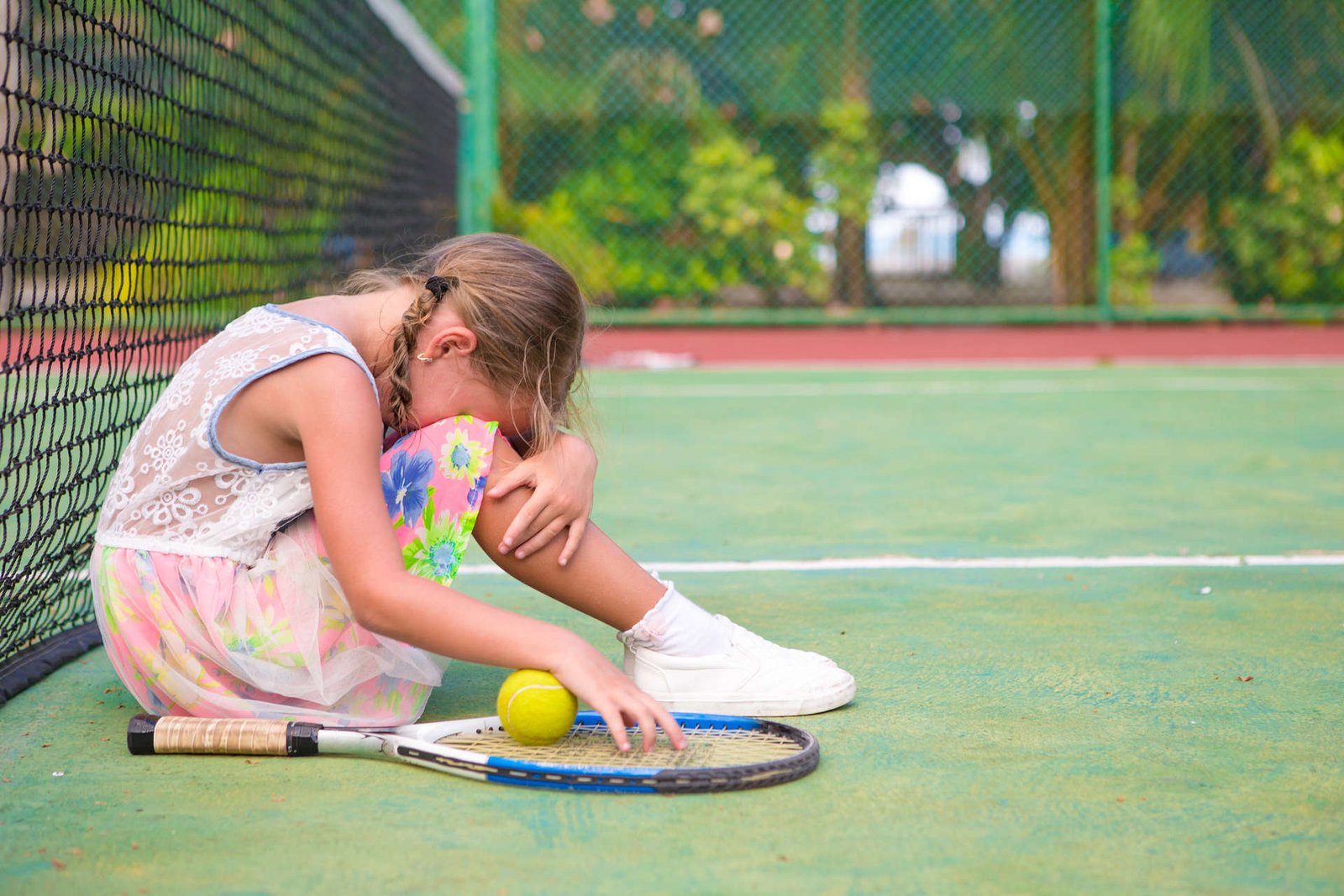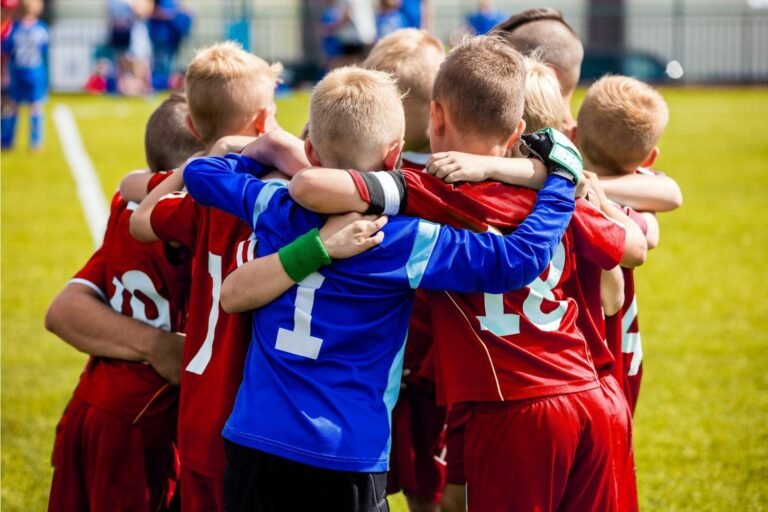As kids sports get increasingly competitive and regimented, burnout in young players raises growing issues. Athletes who go through physical and emotional tiredness and lose the enjoyment in once liked activities get burnout. Usually, burnout results from early specialization, demanding schedules, and outside pressure from adults. Understanding how to avoid burnout can help parents, coaches, and young athletes themselves to support a long, healthy, and fun athletic path.

1. Emphasize Fun Over Competition
Maintaining the interest of a young athlete depends on a concentration on enjoyment instead of competitiveness. Studies show that kids play sports mostly for fun, hence stressing too much performance or winning would soon reduce their pleasure. By encouraging a good attitude and natural drive for the sport, fun-oriented venues help to improve mental health and lower the burn-risk. To make sessions interesting and exciting for young athletes, coaches and parents should push for a mix between regimented drills, free play, and games.

2. Encourage a Diverse Range of Activities
Early age sports specialization is one of the main causes of burnout. Young athletes who year-round concentrate on a single sport are more physically stressed and more likely to experience mental fatigue. Until puberty, the American Academy of Pediatrics recommends avoiding sports specialization since participating in several sports or activities helps build diverse skills, lowers injury risks, and keeps youngsters involved. Including off-season getaways and supporting a range of activities will help to improve physical development while also preserving excitement and avoiding burnout or boredom.

3. Balance Training with Recovery
Inadequate time for recovery between demanding training sessions often ends with burnout. Rest is absolutely vital for mental health as well as physical recuperation, and young athletes require at least one to two days off every week. Longer pauses of two to three months are also advised yearly so the body may relax and the mind may concentrate. Rest intervals in training plans help young athletes remain motivated all through the season and aid to lower their risk of chronic weariness.

4. Foster a Supportive Environment
Young athletes need conducive surroundings if they are to flourish free from pressure. Studies show that strong buffers against burnout include a strong support system and good reinforcement. Parents and coaches should support honest communication, pay attention to the needs of young athletes, and help them emotionally instead of concentrating just on performance and results. Setting reasonable objectives and appreciating effort over outcomes will encourage young athletes to see obstacles as teaching moments rather than mistakes, therefore relieving some of the pressure they are under.

5. Encourage Self-Care and Body Awareness
Another great way to avoid burnout is teaching young athletes to identify signs from their bodies. Monitoring for signs such persistent muscle aches, tiredness, and mood or performance changes will indicate whether training intensity has to be changed. Young athletes should learn to tell parents and coaches these symptoms without regard to criticism. This habit not only helps to avoid physical overuse problems but also promotes a good, lifetime attitude toward personal wellbeing.

6. Limit External Pressure and Define Success Broadly
Athlete burnout can be caused in great part by outside expectations from peers, coaches, and parents. Encouragement of a more comprehensive definition of success that prioritizes personal development, team cooperation, and pleasure of the game helps athletes remain motivated and lessens performance-based anxiety. Athletes should feel appreciated for their dedication and advancement not only for satisfying outside standards or winning. Encouragement of athletes to choose their own goals promotes autonomy, therefore enabling them to feel less under pressure and more in control.

7. Practice Mindfulness and Mental Resilience
Young athletes can keep a balanced perspective and control stress by means of mental resilience and mindfulness. Athletes learn how to manage high-stress events from different techniques including visualization, breathing exercises, and personal goal setting. Young athletes should be supported by parents and coaches who can provide calm and constructive answers to problems, create a safe environment where they may talk about frustrations, and inspire a good attitude toward learning from mistakes.
Conclusion
Young athletes’ burnout prevention calls for an all-encompassing strategy that gives fun, diversity in sports, balance between activity and rest. Young athletes can build resilience, hone their talents, and cultivate a lifetime love of physical activity by emphasizing general well-being and maintaining enjoyment of sports. Youth sports should be based on these values to help produce better; happier athletes who stay involved in sports for a lifetime.






